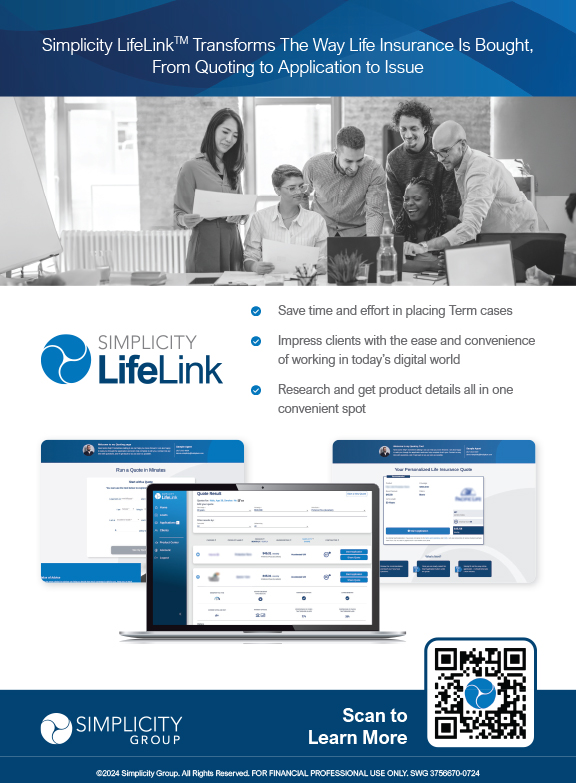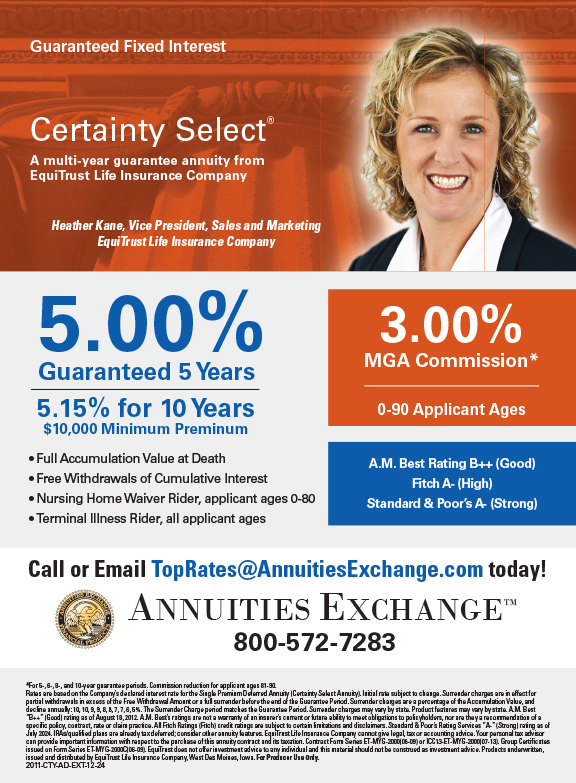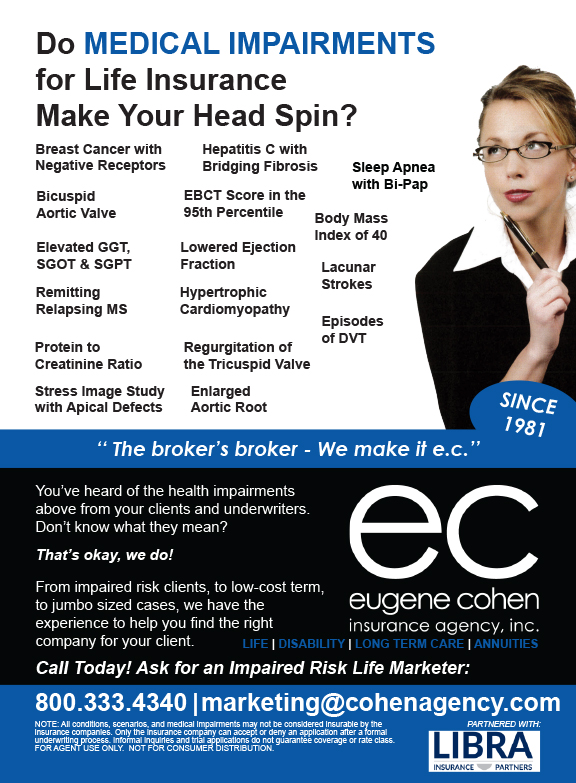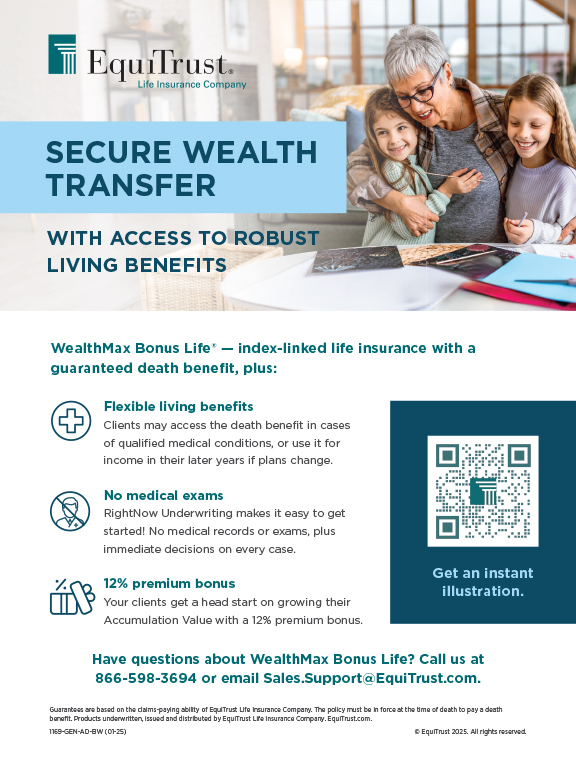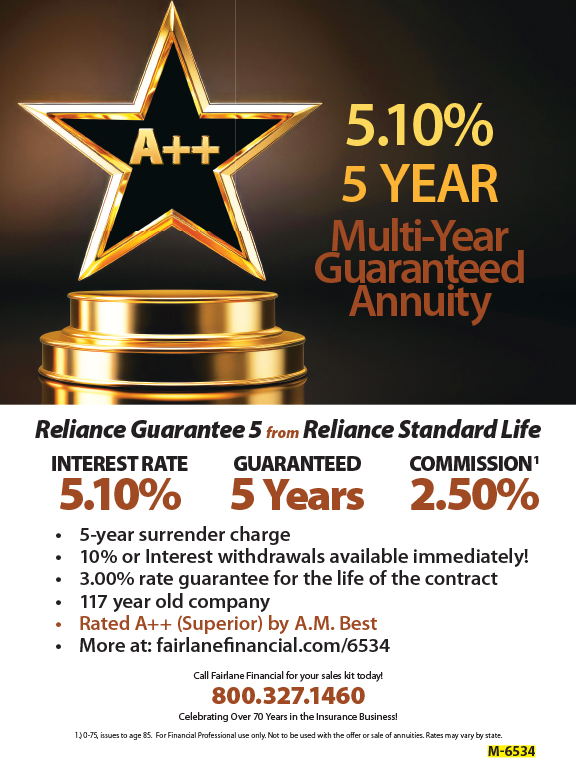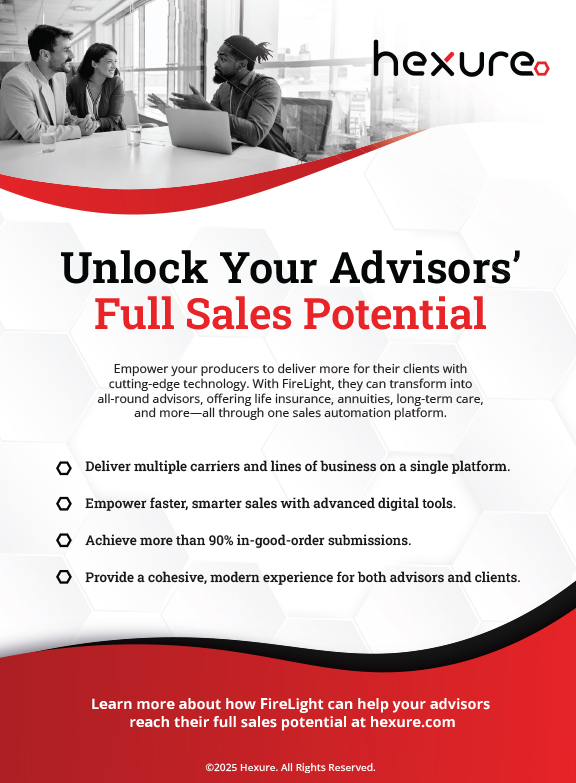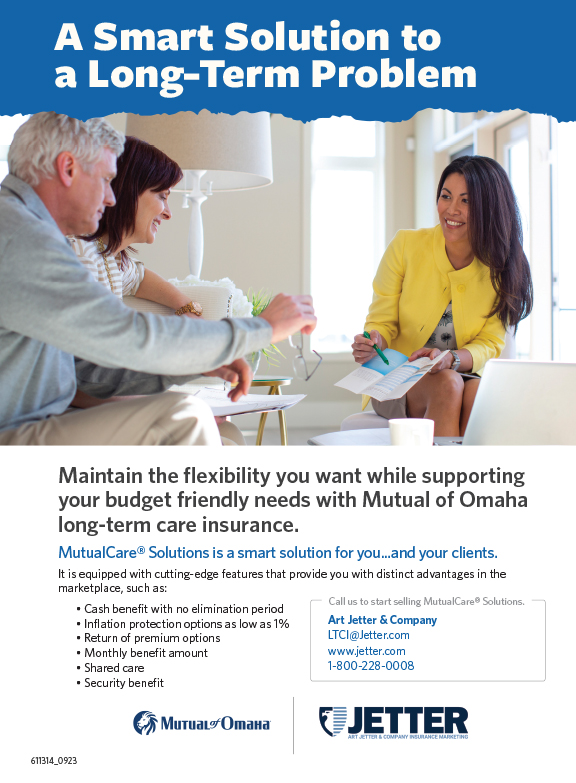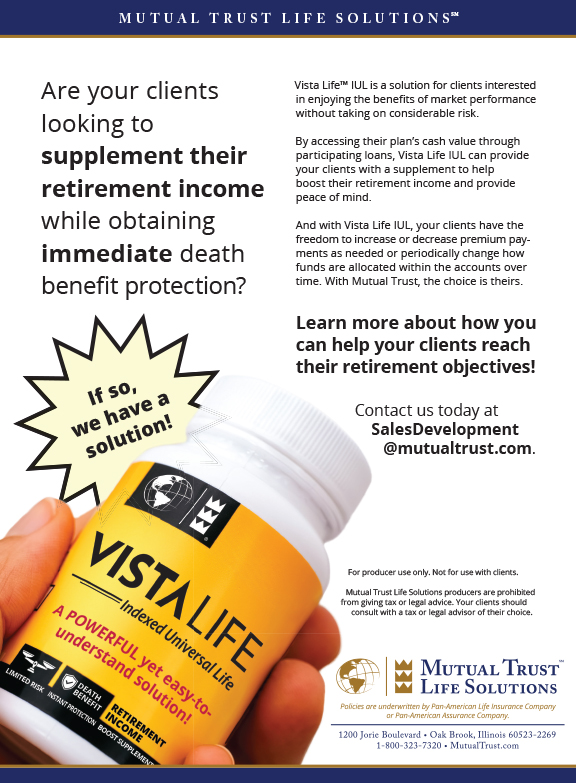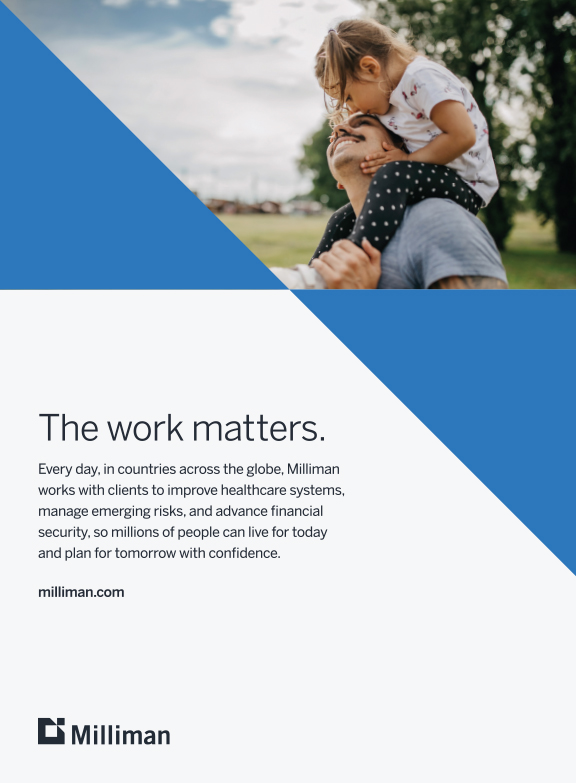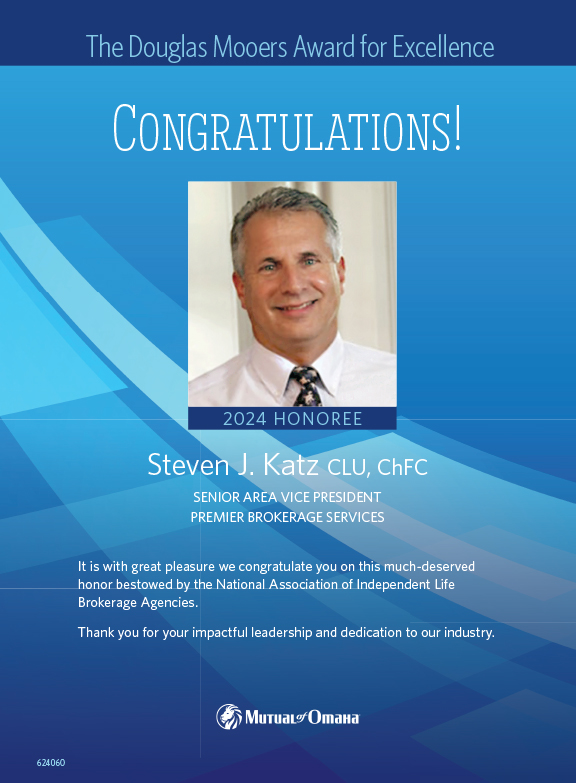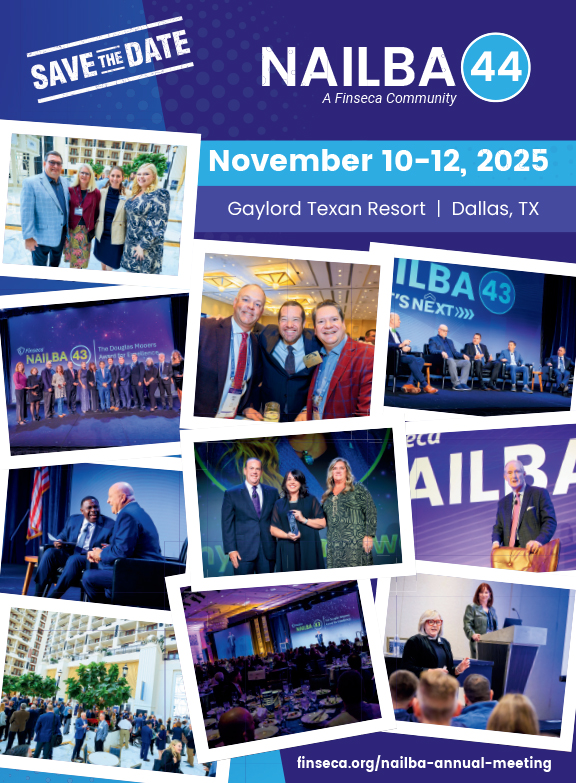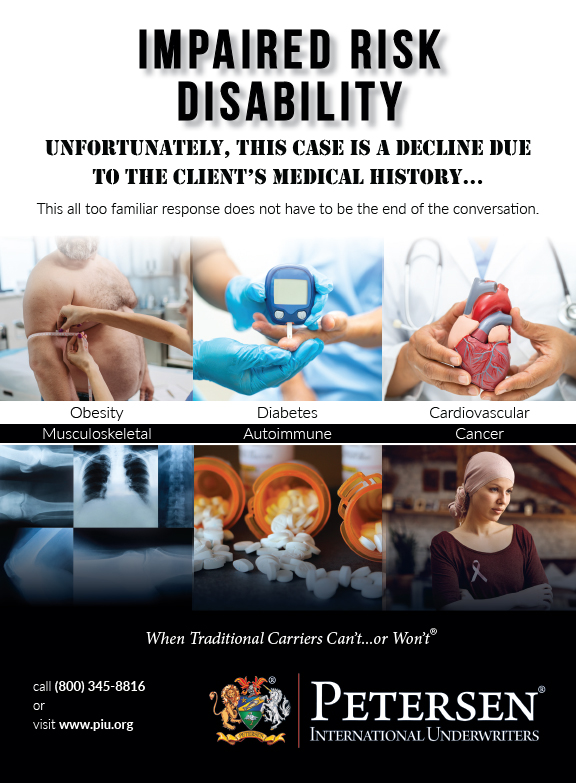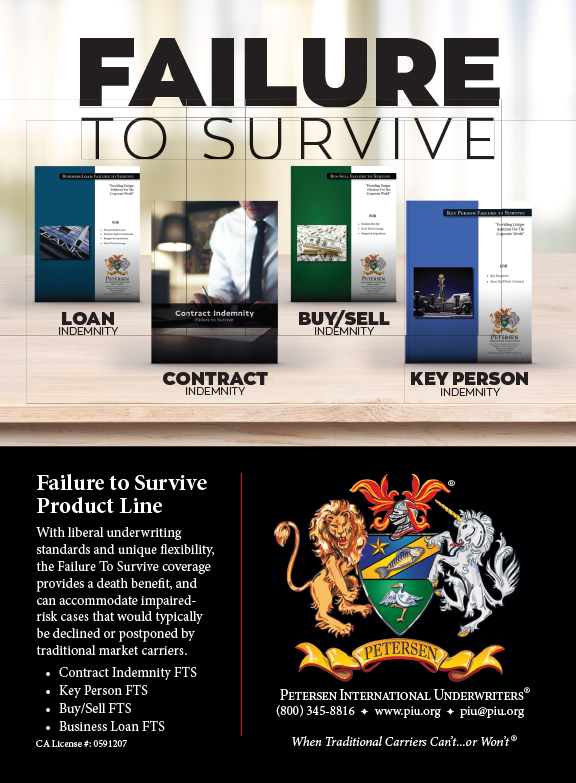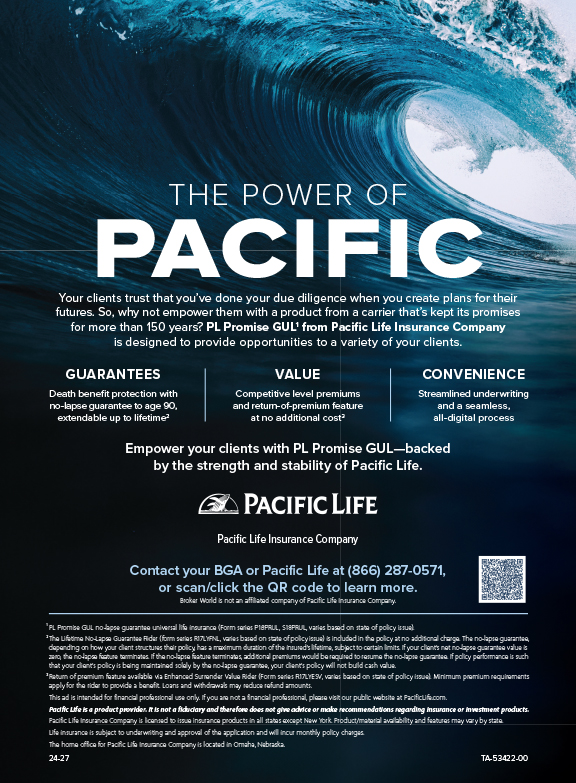In my last two articles (March and June 2012), I discussed why having a system for using a generic lead program is an important component to building your practice. I believe very strongly that having prospects to call on a consistent basis, knowing what to say when you call, and holding yourself accountable are the keys to success with a generic lead program. However, that’s just the tip of the iceberg!
Bringing value throughout your sales process is where the rubber meets the road.
Let us assume you have set up your first appointment and you are now ready to meet with a prospective client. The most important questions in your mind should be: How do I bring value to this prospect? What do I mean by bringing value?
Bringing value means you are able to demonstrate in a short period of time that you are different from other advisors and someone with whom a prospect will want to have a second, more substantial, meeting to discuss their situation. This should be built into your system for how you handle generic leads, and it should be the same for every prospective client.
Following are a couple of examples. I will use real life situations from cases we’ve worked on this year.
Earlier in the year, I met with a professional couple who had a unique set of circumstances. The husband, who is 64 years old and a retired physician, had already applied for his Social Security retirement benefits the prior year at age 63. The wife, who is 66 and still working, is a very energetic, high-level administrator at a private school. She intends to keep working until age 75! Unlike her husband, she had not yet filed for Social Security. Because we have made it a point to become experts in Social Security planning, I knew that even though she is still working, she is entitled to file a restricted application for spousal benefits on her husband’s record, since he had already filed for his benefit. I told them this is possible because she has reached her normal retirement age of 66.
They were very surprised to learn this, and as a result, they are now receiving about $1,200 per month more in Social Security income than they were getting prior to my visit. (She is entitled to half of the spousal benefit at his normal retirement age, by the way, so her benefit is actually more than half of what he is currently receiving.) At age 70, she will switch to her own benefit, which will continue to earn delayed credits until she reaches age 70! Because of these delayed credits, her benefit will be 132 percent of what she is entitled to at age 66. This one little bit of information brought tremendous value to them.
As a result of this, they moved a seven-figure account over to us to manage. We wrote significant annuity premium on this couple, as well as procuring hundreds of thousands of dollars of new assets under management. This one case will pay for my direct mail marketing for the next 6 to 10 years!
In the second, more recent example, I met with a prospective new client who has been working with an advisor for many years in the “traditional” sense. What I mean by this is that she has a portfolio with him but is not really sure why she has the mix of investments in her portfolio and how they will work for her retirement plan when she finally does retire next year.
She responded to our generic mailing, and as a result I was able to set up an initial consultation in our Massachusetts office. When she arrived, I went through the “deliverable” report we provide to all of the people with whom we schedule our first meeting. The report is attractively packaged and is full of important information about retirement planning. As an introduction to the report, we have a page that outlines exactly what we do and the five major concerns we feel must be addressed by each and every person before they retire and even after they are retired.
I walked through this standard “mini” presentation, asking questions along the way about her particular situation. Once this was completed, I went through the contents of our initial report and commented on the highlights of each section. Because she asked some questions, I then used the software program we use for income planning to demonstrate how we would help her to solve her concerns about retirement. I showed her why the information she would be expected to provide is needed so together she and I could begin to design an income plan and strategy for her retirement.
This demonstration gave her the ability to see it wasn’t about which investment or product would be best for her, it was the process we use which involved her input and agreement along the way that would lead to a logical conclusion about which steps to take.
At the end of the meeting she commented that she came as a skeptic but, at the end, felt I offered her two very important things. First, she was very appreciative of the information I provided and how complete the package was and, second, she liked seeing the methodology that would be used to help her put together a well-thought-out plan for retirement income. She also commented that this was time very well spent and the information was quite valuable. I have a second meeting scheduled in a week to begin the planning process and I fully expect her to become a new client.
In both of these meetings, the most important thing was that the prospective client received value. So let’s take a closer look at bringing value.
Free Consulting Versus Providing Value
As advisors, we often get trapped into the situation where we begin to dispense valuable information and ideas about what a client should do without getting paid for our advice. This is a conundrum for many of us because I believe most advisors are truly in the business because they want to help people solve important financial issues and enjoy doing so.
The truth is that many of us also egotistically like to demonstrate our knowledge and command of certain things. I know I do! The problem is that many times the more you give, the less you get back. I have had my advice or proposal for a prospective client taken back to their existing advisor more than enough times in my career to be careful not to give too much away in the first meeting. I suspect most of us have had this happen.
An example of free consulting is you agree to put together a plan or a strategy for free and then you present it to your prospect at your next meeting, hoping it will be so good they will buy it! However, the prospect has received what they wanted from you and they use the information to make them smarter with their own advisor—and implement the plan with the other advisor. This approach can leave you in a quandary, especially when you feel you can truly add value to a prospect’s current situation.
I have stopped consulting with clients this way. I will demonstrate sample cases or existing cases (with the clients’ names changed, of course), but I will not agree to put together any plan or proposal until I have “buy-in” that we are going to be doing business. How do you do this without being taken advantage of? The answer lies in how you use “soft” advice to show a prospect that it is to their benefit to work with you.
Soft advice might be discussing the Social Security concept mentioned in my first example. I might say something like, “When your current advisor last called to discuss retirement income planning now that you are closing in on retirement, what suggestions did he offer to you about the restricted application process?”
I know a couple of things when I ask this question. First, it is unlikely their advisor called to discuss their retirement income plan. Second, it is even more unlikely the current advisor would have discussed anything about the restricted application process.
Instead of asking the prospect, “You mean your current advisor never talked to you about this?” which is demeaning to the prospect, I make the assumption that the other advisor would be doing this and let the prospect come to their own conclusion.
By offering a simple piece of advice on a Social Security strategy, I lose nothing. I consider this “soft” advice because it is public knowledge, yet few people are aware of it. I want prospects to know about it, and usually, if they go back to their existing advisor, it will become obvious they are not getting up-to-date or good advice. (If they are, then the advisor deserves to keep the client; if not, they don’t.)
In addition, once prospects verify that my information was correct about a unique strategy like this one, they are likely to mention it to their friends who might ask, “Where did you learn about that?” I want to be the person who gets the credit. This is why part of our system is to send a follow-up memo of the “minutes” from our meeting.
In this follow-up memo, I remind them about what we discussed and what the next steps are—and I always include my business card. In addition, a thank you card is sent with my photo and my business card scanned right onto the card. I make myself hard to forget.
Adding More Value
I have come to understand the power of having excellent FINRA-reviewed leave-behind materials of a generic nature. It is important that a prospect who returned a generic lead card feels like he made a smart decision by meeting with you. You want the leave-behind materials to say something positive about you and your firm.
If I simply staple a couple of pages together and hand it to prospects, it looks like I took no time thinking about them. Instead, their name is on the front of the report and it is in a nice three-ring binder. I handle the binder like the important document it is when I deliver it. I carefully review the table of contents to show what is in the report. I make sure they understand that while they can read it all, it doesn’t have all the answers, but I do—or know where to find them. This message is critical!
Even though the report is 46 pages long (and I am sure the vast majority of my prospects never read it), I want them to know the report is just a start and they can count on me to help them with everything else. The message should be: there is a great deal to know about this subject and they are dealing with an expert.
As I have said in my previous articles about using a system for working generic leads, each step of the process is critical in developing a strong client base and, more important, for building the confidence that you have a system that works! It will work if you will work it!
In my next article, I will talk about the importance of asking the right questions, both on the phone when you call and at the initial meeting.
Good luck and good selling!






